From Zero to Lithium: My First Steps into the Solid-State Battery World
It’s been ten months since I started my PhD, and I’ve already spent many hours inside a glovebox, learning how to assemble batteries and make sense of the ever-complicated world of electrochemistry.
When I began, I didn’t know much about solid-state batteries, just that they were considered a safer, next-generation alternative to the batteries we use every day. Since then, I’ve slowly started to understand the science, the techniques, and the patience it all requires.
This post is a reflection on that first year: the learning curve, the lab work, and everything between.
What Am I Working On?
You might have heard about batteries catching fire or overheating, that’s usually because they contain a flammable liquid electrolyte. Solid-state batteries replace that liquid with a solid material, which makes them potentially safer and more stable.
A battery can be pictured as a two-room house connected by a hallway. One room is the anode (my focus), and the other is the cathode, while the hallway in between is the electrolyte, which allows lithium ions to move back and forth.
My research focuses on anode materials for all solid state batteries. In simple terms, I aim to understand how the ‘room’ stores and releases lithium during cycling.
To study this, I use half-cells, which are simplified test systems. One side is a well-defined reference (lithium metal), and the other side is my material of interest (the anode). This controlled setup makes it possible to investigate how new anode materials behave without the complexity of a full cell.
Here’s a basic breakdown of the components I use:
• Solid electrolyte pellet: the part that allows lithium ions to move between electrodes (‘rooms’).
• Anode material: the material I’m studying and optimizing (in the photos, it’s the little black layer on top of the pellet).
• Whatman paper: used in this case simply to help keep the layers in place
• Spacer and spring: apply light pressure so everything stays connected
• Lithium metal foil: used as the reference electrode in half-cell testing
Once it’s assembled into a small coin cell, I test it using equipment called a potentiostat, which gives me information about the battery’s performance.
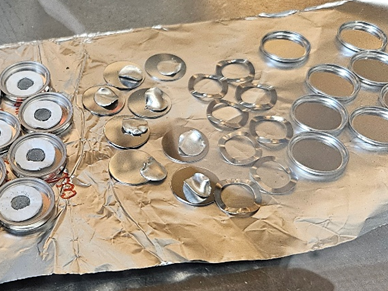
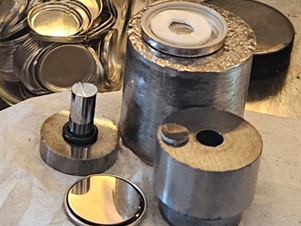
One Step at a Time
When I started, I had never assembled a solid-state battery before. I didn’t know what a potentiostat did, what impedance spectra looked like, or how sensitive some of these materials could be.
I spent the first few months learning by doing and often by redoing. Cracked pellets, poor contacts, misplaced anodes… These were all part of the learning curve. Slowly, I began to get a feel for the technique: how to press the electrolyte, how to keep the anode aligned, how to seal the cell properly.
With every trial, I also got more comfortable with the fundamentals of electrochemistry, the heart of my project. It was completely new to me, but over time, I started to understand how battery systems work on an ionic level and how resistance shows up in curves, how conductivity changes with contact, and how to spot when something isn’t quite right.
The First Signs of Progress
I remember being genuinely excited when my first half-cell showed a good capacity (I think it was my 80th cell!). It meant the materials were working and the setup was correct. That result gave me a boost of confidence, as well as a lot of motivation to keep improving.
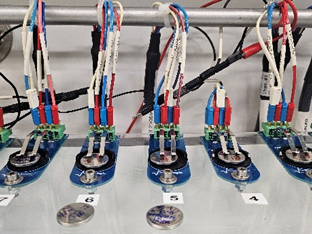
From there, I began exploring why the cell worked well: Was the conductivity good? Was the interface between the anode and electrolyte stable? I started trying out new tools and tests to answer those questions and understand the mechanism more deeply.
Building a Life Outside the Lab
Moving to France for my PhD wasn’t just a scientific shift; it was a personal one. The language barrier and new cultural norms added a whole other layer of challenge. Even basic tasks took more energy in those first few weeks.
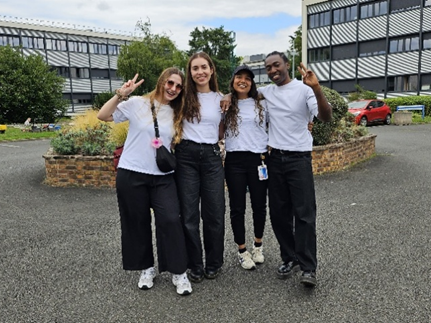
What helped more than anything was connecting with other PhD students; people going through the same learning curve, facing the same doubts, and celebrating the same small victories. We shared tips in the lab, helped each other troubleshoot, and offered support when things didn’t go to plan.
Outside the lab, we became friends; grabbing lunch, exploring the city, and forming a support system that made life in a new country feel a little more familiar.
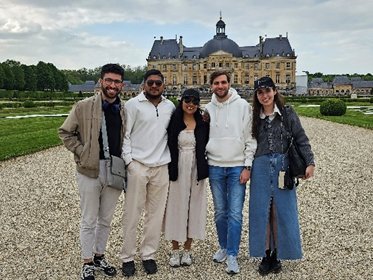
This support network has been essential and not just for the science, but for staying balanced and motivated through it all.
The First Year
Looking back, I’d say this first year has been all about preparation. Not just assembling cells, but assembling the knowledge, skills, and mindset to do research well.
I’ve learned to:
• Be patient with the process,
• Focus on understanding, not just results,
• Build a system that works,
• And lean on others when things feel overwhelming.
This first year has given me the opportunity to explore a field that’s as challenging as it is exciting. I’ve learned to make a working half-cell, analyse my own data, and ask better scientific questions, all while adapting to life in a new country and finding a small community to grow with.
There’s still a lot I don’t know. But what I do know is that I’m excited to keep learning: to keep building, testing, and figuring out how solid-state batteries can be made better, safer, and more efficient.
I feel more grounded, more capable, and more ready to take on what’s next.
Thanks for following along. Here’s to the next chapter!
Categories
Latest posts
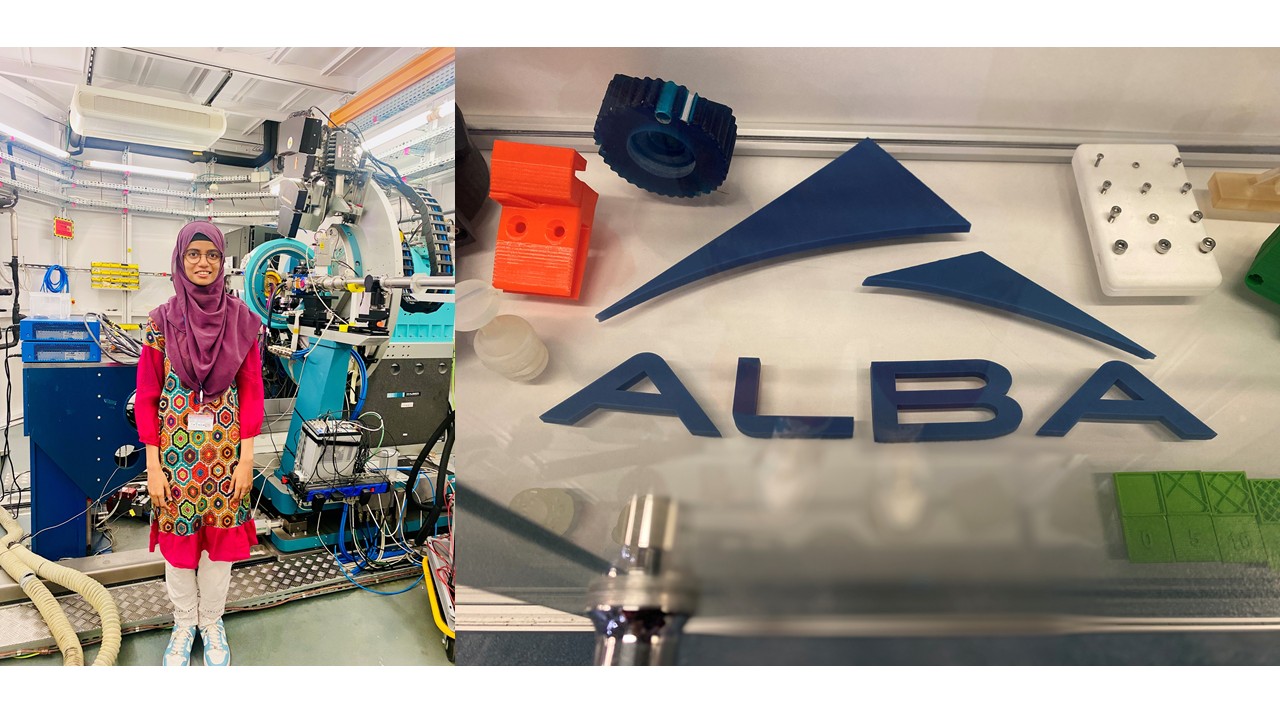
Catching Atoms in Motion: First Beamtime Experience at ALBA Synchrotron

Connecting with the AUFRANDE Community – Bordeaux 2025
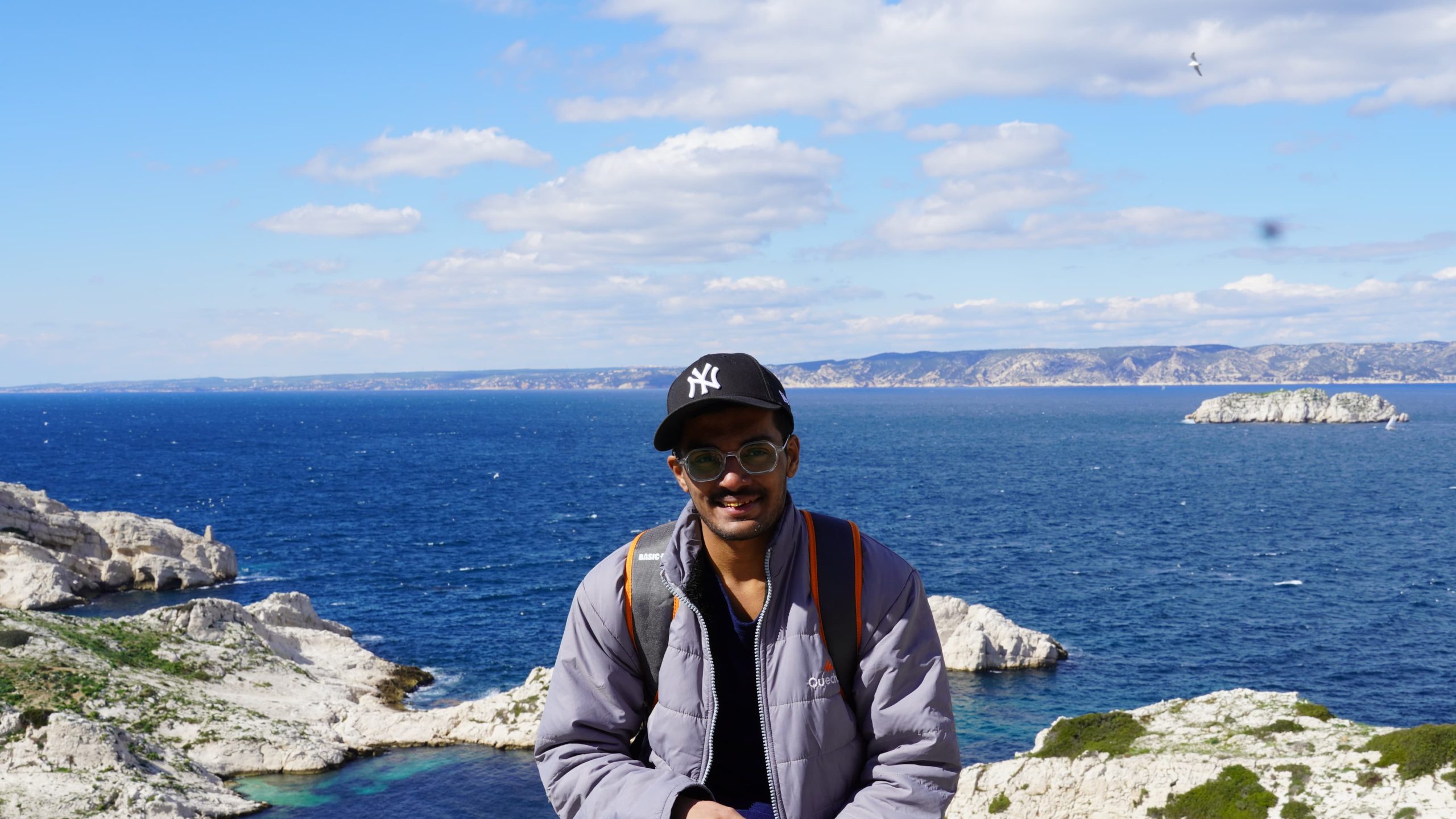
Stepping Beyond Comfort: My First 10 Months as a AUFRANDE Doctoral Researcher in France
